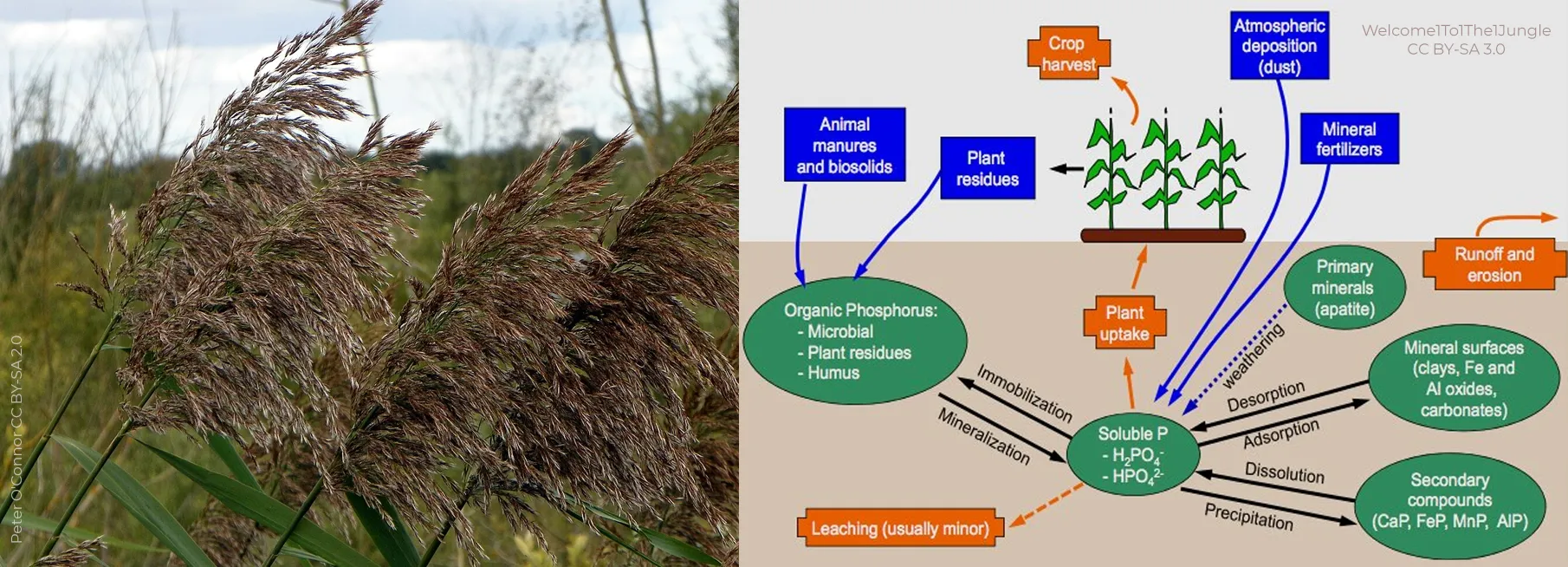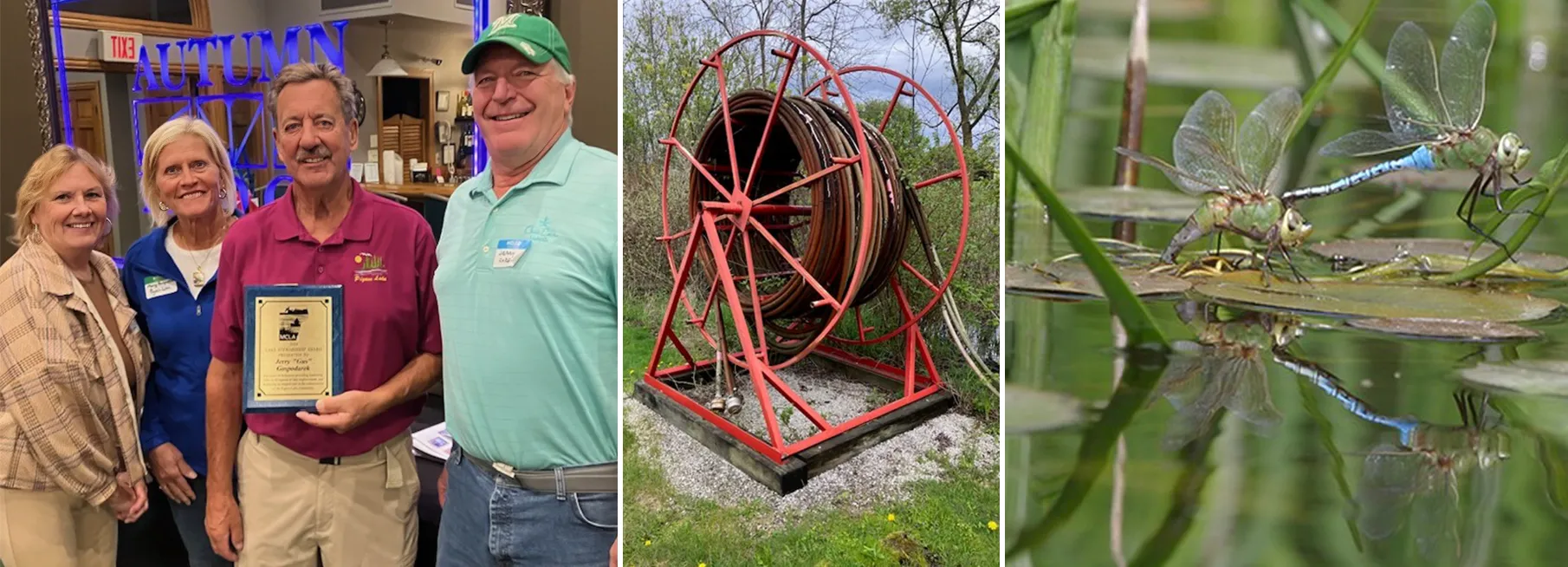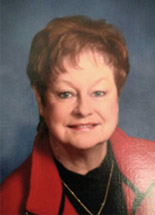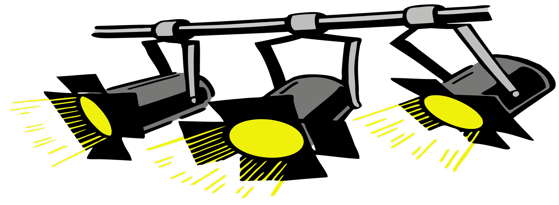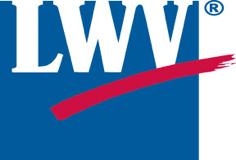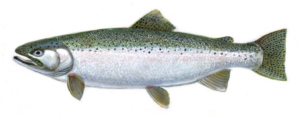
Joe Madison at work cleaning a trailer.
June 26, 2017—Since the Clean Boats/Clean Water Program was started in 2008 by MCLA, Tom Ward and his volunteers have engaged the boating community to reduce the potential for aquatic invasive species (AIS) infestation of the County lakes. The Clean Boats program has the goal to reduce and prevent the spread of invasive species by educating and training boaters. Boaters coming off, or about to enter, the County lakes have been informed of the dangers of invasive species, as well as the means of reducing the threat of invasives within the respective lakes. Tom and his crew have conducted boat inspections, handed out towels to increase AIS awareness, and distributed ice packs to stop the practice of moving water from lake to lake. Tom has also been the Invasive Species Coordinator for Manitowoc County, addressing a broad range of both terrestrial and aquatic invaders.
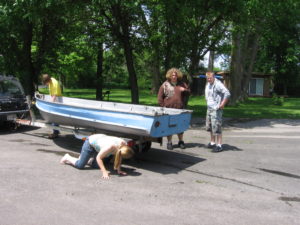
English Lake, young boaters cleaning.
All lakes are, by definition, negatively affected by Aquatic Invasive Species. AIS plants attached to boats or trailers, and AIS organisms carried to the next waterbody by boats or buckets multiply aggressively at their new home and disrupt the ecology and reduce the quality of the impacted lake. Many area lakes currently already harbor some invasives which should be prevented from migrating to other lakes, and future risks include many species coming in from other regions. In Tom’s words, ’Invasive plants and animals, like Curly Leaf Pondweed, Eurasian Watermilfoil, Spiny Water Fleas and Zebra Mussels, can spread easily by hitching a ride on boats and other equipment, including trailers, anchors, live-wells, buckets and bilges. A few boaters,’ Tom adds, ‘know more than I do, but some have no idea at all.’ Most have gained some knowledge, especially if they tried walking barefoot on beaches covered with Zebra Mussels.
The towels Tom hands out serve to wipe off what can be wiped when the boat is out of the water. The sequence of cleaning is important, to insure trailer and boat are both thoroughly cleansed. The ice packs are used to preserve the catch without taking home water, as the water from live wells carries AIS contaminants. Several lakes in Manitowoc County have cleaning stations with signs explaining what must be done, with brushes, boat hooks and spray containers with bleach solutions for sterilization of boats and engine compartments.
All hands on deck this 4th of July weekend to stop AIS in Wisconsin!

Tom Ward at Weyers Lake
Tom Ward invites us all to participate in the upcoming Clean Boats/Clean Water annual Landing Blitz:
Going boating this holiday? You may be one of thousands of Wisconsinites to be greeted by expert and volunteer “inspectors” at boat landings around the state, who will be sharing a simple but powerful message:
You have the power to protect our waters from aquatic invasive species.
This holiday weekend, June 30-July 4, 2017, is the ninth annual Landing Blitz, a statewide effort to remind boaters and other water lovers to use their power to stop the spread of aquatic invasive species, which pose great risks to the health of our lakes and fisheries. But boaters can also easily prevent this by taking the following simple steps every time they enter and leave a boat landing:
- Inspect your boat, trailer and equipment
- Remove all attached plants or animals
- Drain all water from boats, motors, live-wells and other equipment
- Never move live fish away from a waterbody
- Dispose of unwanted bait in the trash
- Buy minnows from a Wisconsin bait dealer, and use leftover minnows only if you will be using them on that same waterbody or if no lake or river water or other fish have been added to the container.
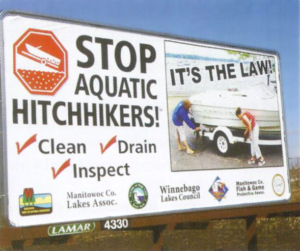 Following these steps also helps boaters comply with Wisconsin state law, which prohibits the transport of aquatic invasive species. Inspectors will be on hand at boat landings around Manitowoc County to give demonstrations of the prevention steps or answer questions about invasive species.
Following these steps also helps boaters comply with Wisconsin state law, which prohibits the transport of aquatic invasive species. Inspectors will be on hand at boat landings around Manitowoc County to give demonstrations of the prevention steps or answer questions about invasive species.
If you use social media, help us spread the word about the importance of aquatic invasive species prevention by posting your photos and messages using the hashtag #CleanBoatsCleanWaters.
You can also share where and how you protect our lakes and rivers from aquatic invasive species by contributing to a Story Map that will showcase photos and messages from water lovers around Wisconsin. Contributions can be made at this link: http://arcg.is/2o9YIU9
To learn more about invasive species and their impacts to Wisconsin’s waters and economy, visit http://dnr.wi.gov/topic/invasives/
The war against invasives will not be won, it is an effort requiring constant vigilance. After the end of the current three year successful boat inspection program, even more needed now, as the invasive species are spreading and reducing biodiversity, and affecting fishing and recreation, the future of funding requires a revisit and revision of the grant program which funded previous work, involving a regional approach.
Our waters are not separated by county lines! An educational grant as well as a grant for implementation will be pursued. We thank Tom for his dedication over the previous grant cycle. The work is not finished. Towns and property owners and their friends and families will also have to step up to take part if the initiatives are to be successful.
by Hanna Edelglass

